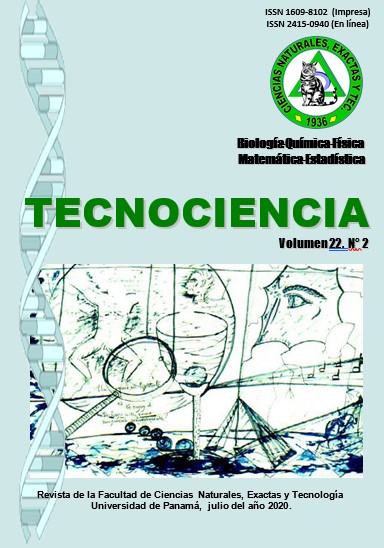

Herbivory is one of the most impactful interactions in the tropics because the vegetation is exposed to a greater abundance and richness of folivores. We determined the level of herbivory, the abundance and diversity of folivores, and their relationship with the type of soil in the Fortuna Forest Reserve (RFF). The herbivory was evaluated from February to September 2014 in two plots (Honda A and Pinola) in five plant species: Cupania seemannii, Faramea multiflora, Guarea glabra, Inga alba and Osteophloeum platyspermum. We obtained 170 specimens belonging to nine orders, 38 families, 29 genera and 64 morphospecies belonging to the Insecta, Malacostraca and Gastropoda classes. The Shannon-Weaver index indicated a high diversity in the RFF (3.47 for Honda A and 3.67 for Pinola). Honda A showed 14.6% leaf damage and a herbivory index of 2.05; while Pinola was 12.4% and an index of 1.96. The percentages of herbivory recorded in this study were kept within the range of damage for tropical forests that goes from 12% -40%, but not following the theoretical pattern due to the availability of nutrients in the soil.